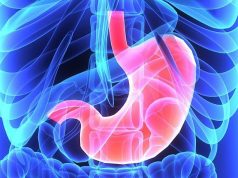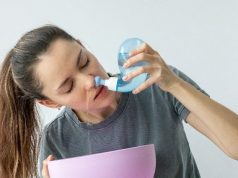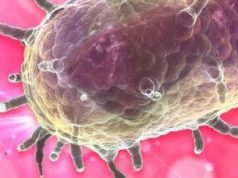But most people are not at risk for contracting the infection, also known as Hansen disease
By Physician’s Briefing Staff HealthDay Reporter
FRIDAY, Aug. 4, 2023 (HealthDay News) — A wave of leprosy cases in Florida has led public health officials to conclude the disease-causing bacteria may be naturally found in the state.
In the past, most people with leprosy in the United States had been first infected in some other country where it might be more common. But the U.S. Centers for Disease Control and Prevention issued a new report this week about a wave of cases in Florida, particularly in the central part of the state. Leprosy also exists in other parts of the United States. For example, one recent report described six cases of leprosy among California residents. All were diagnosed between 2017 and 2022.
Also called Hansen disease, leprosy remains extremely rare in the United States, noted Andrea Maderal, M.D., director of the University of Miami/Jackson Memorial Hospital Hansen’s Disease Program. About 150 Americans a year get Hansen disease. Worldwide, about 200,000 people are diagnosed with it each year, Maderal said.
It is not clear exactly how the Florida patients are becoming infected, health experts said. In past U.S. cases, patients had often traveled to a country where the disease is more common or come into contact with a nine-banded armadillo, which carries the disease-causing bacteria Mycobacterium leprae.
“Usually, people who get a diagnosis do so because they have developed a rash, and one of the hallmarks of leprosy is that you lose sensation in the area of the rash,” Maderal said in a university news release. “The rash can be in a few spots, or widespread, and there are a lot of different types of lesions. There may also be painful sensations in the hands and the feet with these unusual rashes. And some people who have an immune reaction to leprosy can also have fever and joint pain.”
More than 95 percent of the U.S. population is naturally immune to the infection caused by this bacterium. The infection is completely treatable, Maderal said. A patient may receive treatment with multiple antibiotics for 12 or 24 months, depending on the level of bacteria. They also may receive anti-inflammatory and immunosuppressive medications.
Copyright © 2023 HealthDay. All rights reserved.








